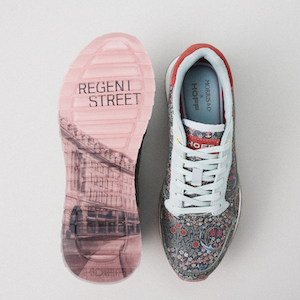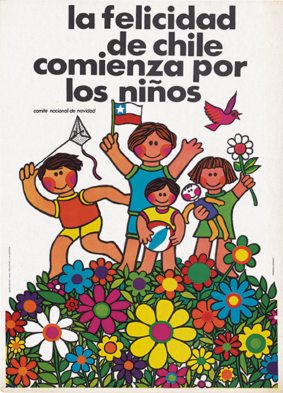Worldly; The Beats
By Jo Phillips
Envision post-world war 50s America, what seemed then to be the centre of the universe. The American Dream brought a glimmer of hope to millions across the globe, seeing a wave of consumerism rise with the economic boom as well as the baby boom that was living out the trauma of war with their new and increasing families in the suburbs and having access to homogenising televised media that influenced specific social patterns. But naturally, for those who suffered at the hands of war — a cold war, and soon after, the Vietnam war, what an idealistic way it was, for society to rebuild in ways that made it seem trauma was not right around the corner.
Yet just because it was ideal for the circumstances and somewhat perfect for a war-torn society, did that necessarily mean that these profitable effects would be long term? How much longer until Americans could no longer afford their consumerist lifestyle?
What is now considered a movement, but at the time of the Beat’s conception when they probably didn’t think much of their social group with shared narrative values in literature and lifestyles as a movement, it was more of a social community going against the grain of mainstream America. The Beats were a group of young writers, including Jack Kerouac, William S. Burroughs, Allen Ginsberg, Lucien Carr and Herbert Huncke, who used their writings as a provocation to mid-20th-century society and embedded their vision of America.
“[…]the only people for me are the mad ones, the ones who are mad to live, mad to talk, mad to be saved, desirous of everything at the same time, the ones who never yawn or say a commonplace thing, but burn, burn, burn like fabulous yellow roman candles exploding like spiders across the stars and in the middle you see the blue centerlight pop and everybody goes “Awww!”
– Excerpt from On the Road, Jack Kerouac
Jack Kerouac coined this group as “Beat”, meaning to be exhausted of life, of emotions, of intellect, to the point that one would be vulnerable yet bare to the deeper and meaningful perceptions of those who were not “beat”. The group formed somewhat officially in the late 40s, which then became popularised in the 50s as their ideals of rejection of conventional America and creating meaning through their experiments of languages, arts, sexuality and drugs in both their literature and life became more renowned. The Beat Generation originated from Columbia University where Kerouac, Ginsberg and Carr and others met. Though the group was initially considered anti-academic, the majority of their ideas and concepts grew as a response to counteract their professors’ conservative beliefs. The term ‘Beatniks’ then became a media phenomena to stereotype and hyper-stylise the more superficial attributes of the Beat subculture of the time. The Beats were essentially the precursors to the 60s Hippies. They were considered rebellious, bold and straightforward, but ones who equally carried their own unique expressive artistic productivity in telling the ugly truth of a self-absorbed consumerist society.
 Jack Kerouac, © Tom Palumbo, circa 1956
Jack Kerouac, © Tom Palumbo, circa 1956
Source
Jack Kerouac, who was utterly against the concept of icons, is deemed the father of the Beat movement that wrote semi-autobiographical novels and some poetry with a spontaneous free-flowing prose style particularly noted in On the Road, Visions of Cody and Visions of Gerard. And it might surprise you, but Kerouac’s legacy continued to influence late 60s rock musicians such as Bob Dylan, Jim Morrison, Patti Smith and more.
But it doesn’t just stop there, a surprise and a revelation to most, a book of selected paintings and drawings by Jack Kerouac himself are being released this September 2018. Kerouac: BeatPainting includes 80 pieces of work from portraits of Truman Capote, Joan Crawford and Dody Muller, Robert Frank, Allen Ginsberg, William S. Burroughs and photographs that depict his relationship with Italy. His works were also exhibited previously at selected galleries such as the Whitney Museum of American Art, Pompidou Centre and ZKM. This release is iconic in demonstrating the multifaceted creative process of Kerouac as well as his relationship of American visual culture, that which he perfected in his daily life and in everything that he did.
If you’re an avid fan of the Beat Generation, or perhaps maybe just of Kerouac and his work, or simply art from the mid-20th century and might fancy this in your collection, you can pre-order this book online at Waterstones and/or Amazon.
But if you think you might need a little more convincing and want to get into some Beat Literature, listed below are the essential must-reads from the Beats:
On the Road by Jack Kerouac
The Dharma Bums by Jack Kerouac
Naked Lunch by William S. Burroughs
Howl and Other Poems by Allens Ginsburg
Junky by William S. Burroughs
If you enjoyed this article, read similar ones below!
.Glitz; St Ives
.Modern; 20th Century Art
.Immense; Rock ‘n’ Read With These Musical Books






